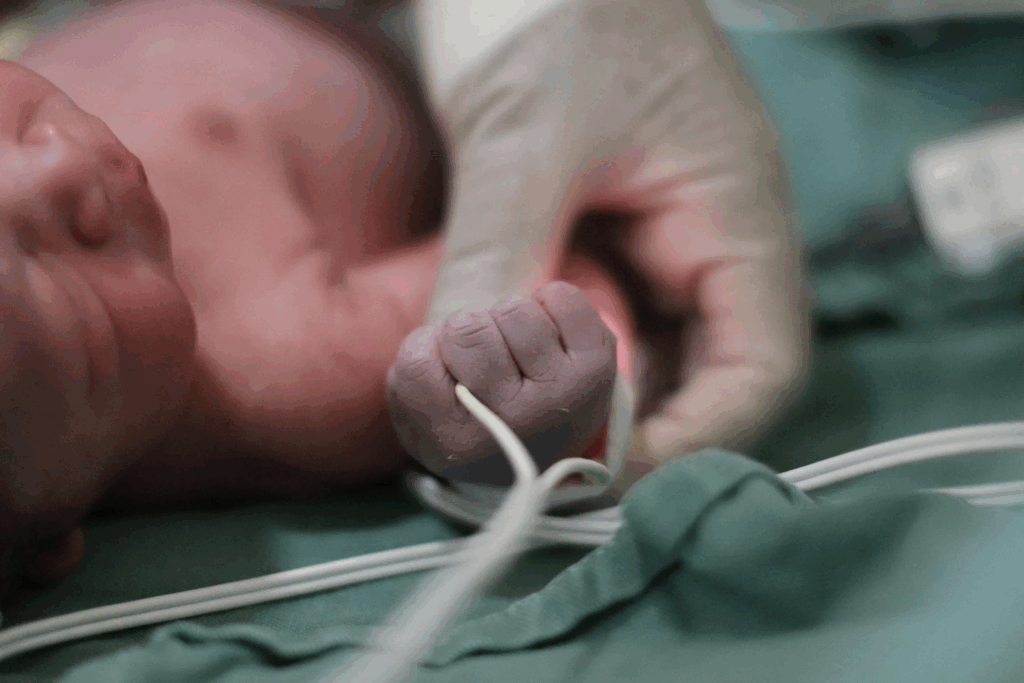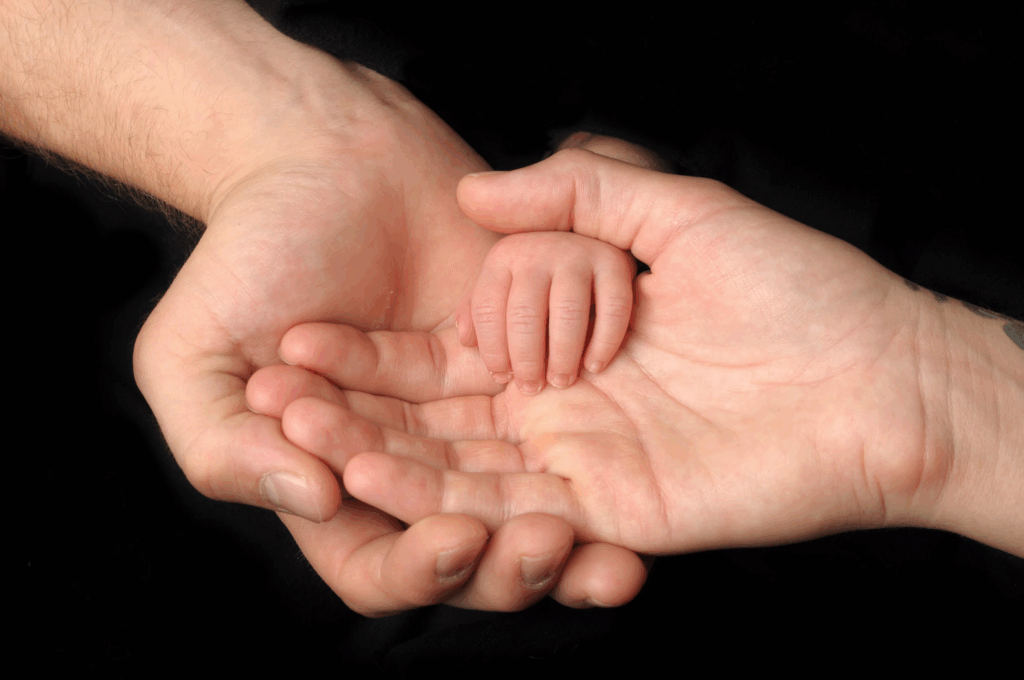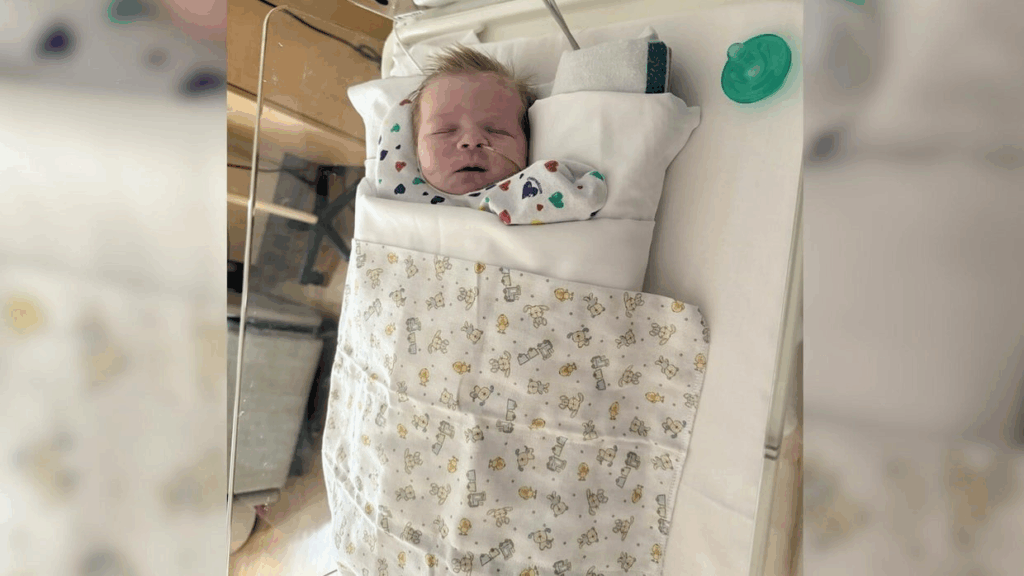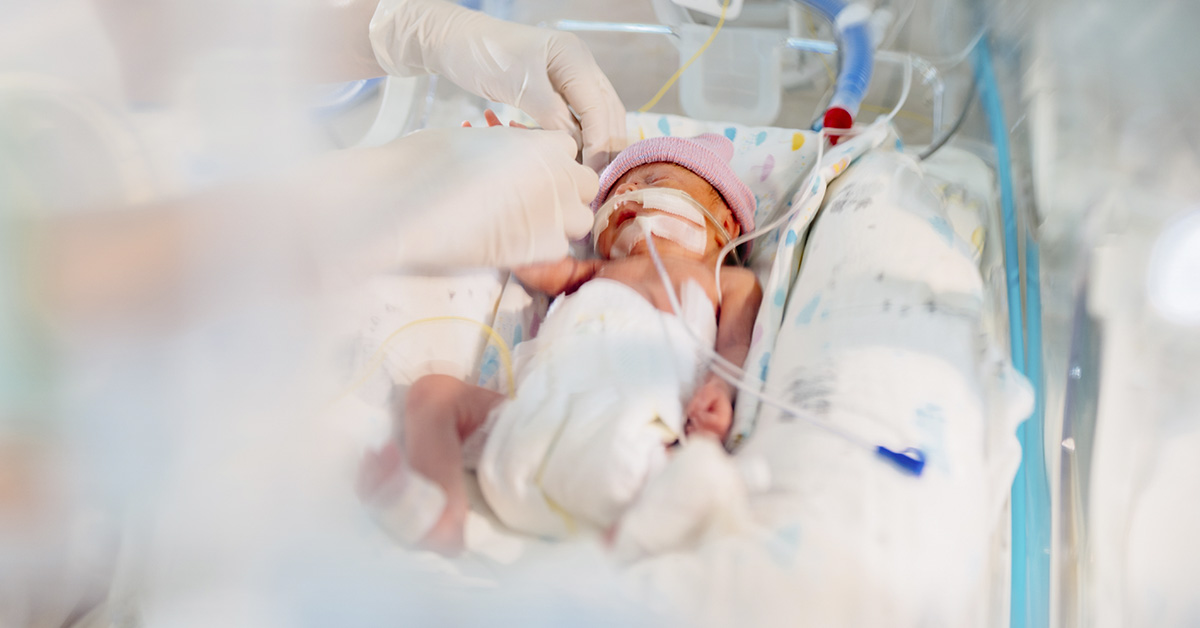Each year, over one million baby boys undergo circumcision in the United States. Serious problems happen in less than 1% of cases. One New York family, Tim and Gabrielle Groth, faced this rare danger. Just hours after the procedure, their baby Cole started bleeding badly. Doctors rushed to give him care and a blood transfusion to save him. Now, as their son recovers, the Groths want other parents to know what warning signs to watch for.
Cole’s Story: A Routine Procedure Turns Critical

Cole Groth was born on March 31 at New York-Presbyterian Morgan Stanley Children’s Hospital with a heart problem that needed a stent. He had the procedure at the same hospital on April 14. Within hours, Cole began bleeding heavily. “Through the night, for more than 10 hours, our son had severe bleeding,” Tim said. “His vital organs didn’t get enough blood or oxygen.”
Gabrielle sadly added, “He has damage to his liver, kidneys, and brain.” The Groths say nobody warned them that babies with heart conditions might bleed more after the procedure. “We can’t understand how this happened in a unit meant to protect sick babies,” Tim said. Cole remains in critical condition. He needs daily medical care for the effects of his severe blood loss.
Understanding Circumcision: The Basics

This surgery removes the skin covering the tip of the penis. It’s common in the United States. Families often choose it for cultural, religious, or health reasons. During the procedure, doctors use tools like plastic rings or special clamps. Most babies get pain relief, usually a numbing cream to help them stay comfortable. Healing typically takes about a week. At first, the penis will look red and swollen, but this gets better as the days pass. The American Academy of Pediatrics says the procedure may lower the risk of urinary infections in babies and some infections later in life. It can also make cleaning easier. However, many medical groups say these benefits alone aren’t enough to recommend it for all boys.
Understanding Circumcision Complications: What Can Go Wrong

“Babies with heart problems often need special care during procedures, but nobody warned us about this,” Tim said. “We put our complete trust in the doctors.” When asked for comment, the hospital cited patient privacy rules. However, medical experts not involved in Cole’s case point out that while such complications are rare, babies with heart conditions should receive thorough evaluation before any surgical procedure.
Most circumcisions heal within 7-10 days without any issues. Bleeding is the most common problem, but it’s typically minor and stops quickly. Severe bleeding, like what happened to Cole, occurs in roughly 1 out of every 1,000 cases. “Though this procedure is generally considered safe,” explains Dr. Sarah Johnson, “parents deserve to understand both the potential benefits and the possible risks.“
Warning Signs: When to Get Help

“We could tell something wasn’t right, but we had no idea how serious it was until we were facing an emergency,” Gabrielle explains. The Groths wish someone had told them what warning signs require immediate medical help. Parents should call their doctor right away or go to the emergency room if they notice:
- Bleeding that doesn’t stop even with gentle pressure
- Bleeding that stops but then starts again later
- A fever of 100.4°F (38°C) or higher
- More redness, swelling, or fluid coming from the area
- Baby not wanting to eat or crying more than usual
- Yellowish discharge that continues for more than a week
Special Considerations for Circumcision: Children with Medical Conditions

Doctors encourage parents to consider any health issues their baby has before going ahead with the procedure, especially conditions that affect blood clotting or heart function. “For most healthy babies, the risks are quite small,” explains Dr. Michael Chen. “But babies with certain medical conditions may need special attention.” If your child has any health problems, experts recommend you:
- Speak with specialists before making your decision
- Ask if your baby needs extra monitoring during and after the procedure
- Think about when would be the safest time for the surgery
Making Informed Decisions: Questions to Ask

Many religious leaders point out that for many families, this surgical practice has deep cultural and religious meaning beyond medical reasons. “Most families who choose circumcision see normal healing without problems,” says Dr. Rebecca Watson. “What’s most important is having all the facts to make the right choice for your family with confidence.” Before your baby’s procedure, be sure to ask your doctor:
- How many of these procedures have they performed
- What they do to manage your baby’s pain during and afterward
- How to care for your baby at home
- What warning signs should you watch for
- Whether your baby’s health issues require special attention
The Family’s Mission: Sharing Their Experience

The Groths are sharing their story to help other families make thought-through decisions. “We’re not trying to tell anyone what choice to make,” Tim explains. “But whatever you decide, be sure you have all the facts first. We don’t want any other family to experience what we went through.” For Tim and Gabrielle, raising awareness about possible complications has become their main focus while they wait to bring Cole home. “I want him to know how brave he is and how hard he fought to survive,” Gabrielle says about her son.
How Doctors Learn From Rare Complications

When something goes wrong after a procedure, like with baby Cole, doctors will study these cases to improve their approach. Hospitals often create special steps for babies with existing health problems, and most circumcisions heal without any issues. Cole’s story shows us why some babies need extra precautions, and these rare cases help make the procedure safer for all who undergo the procedure in the future.
Read More: I Don’t Want To Circumcise My Son But My Family Strongly Disagrees

